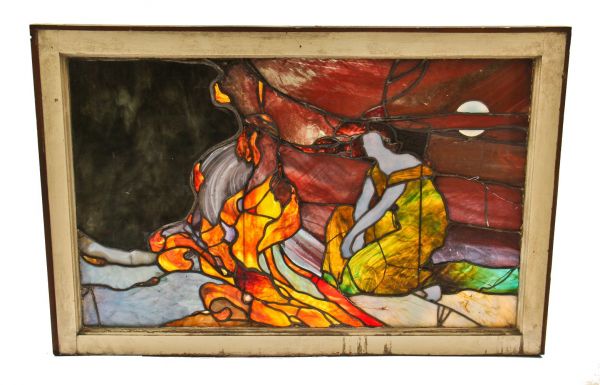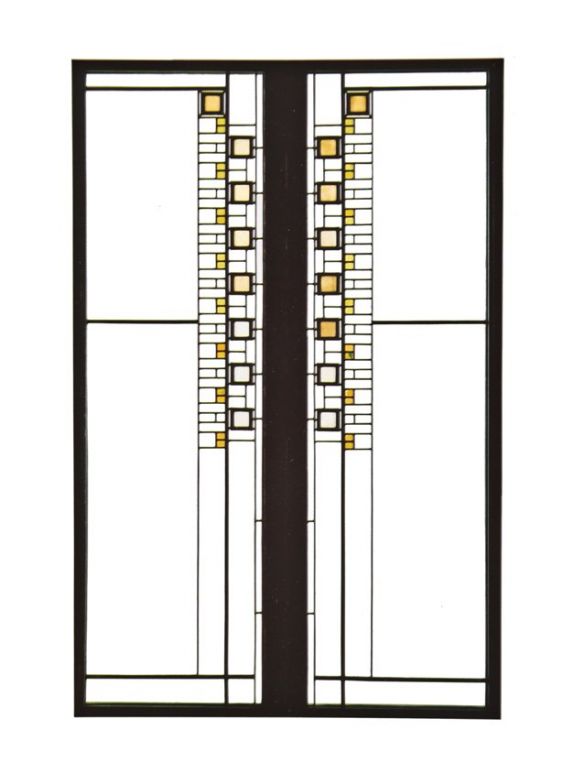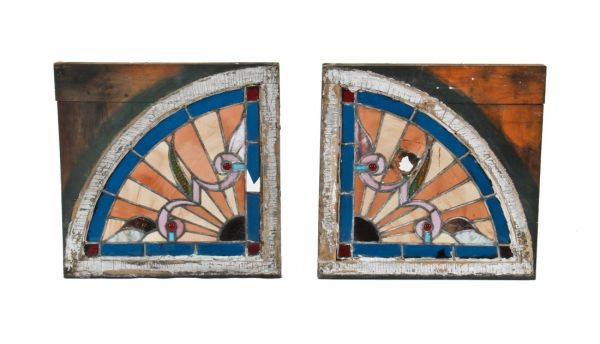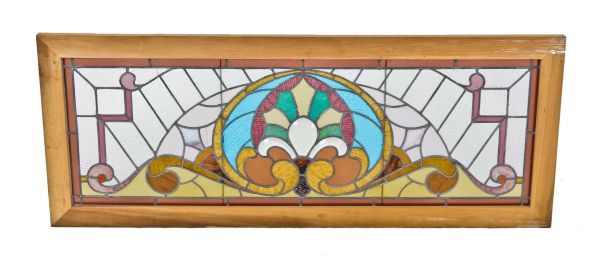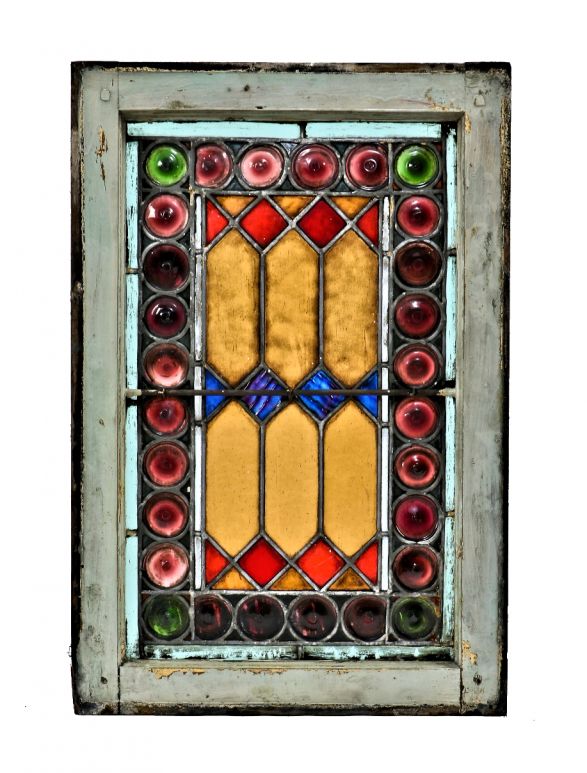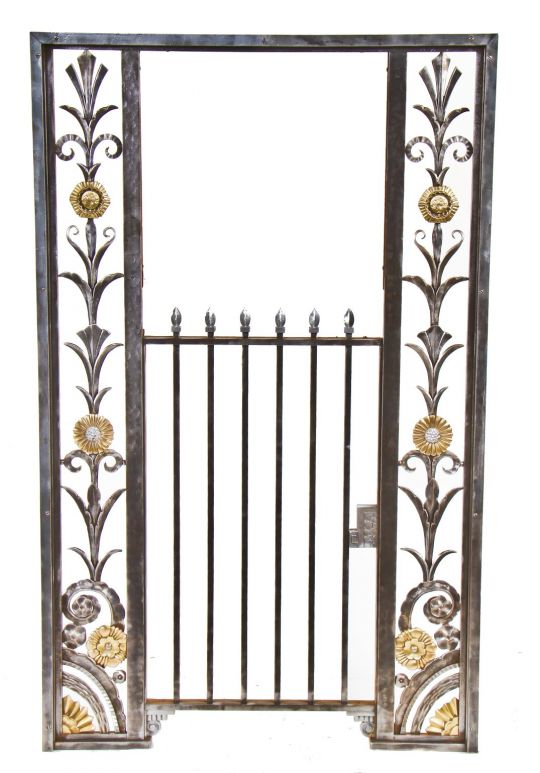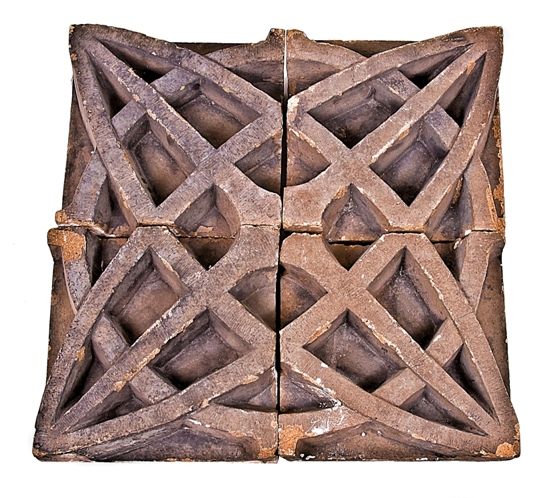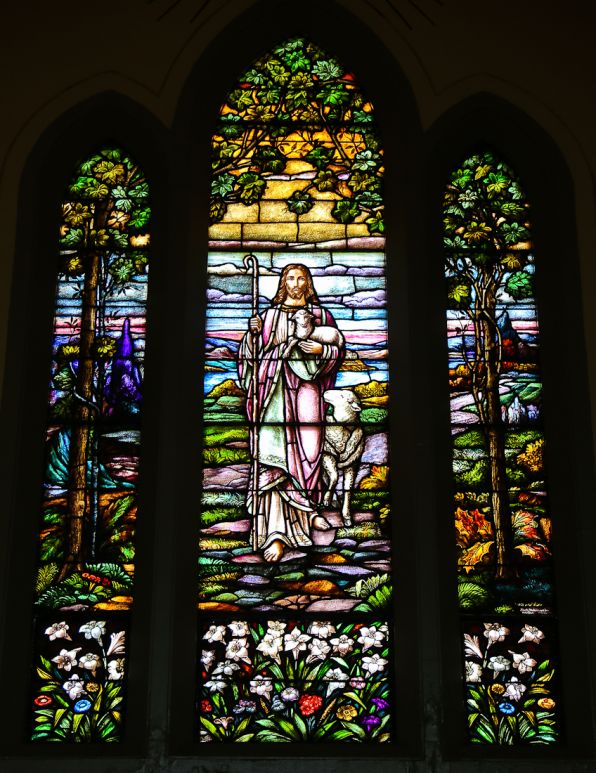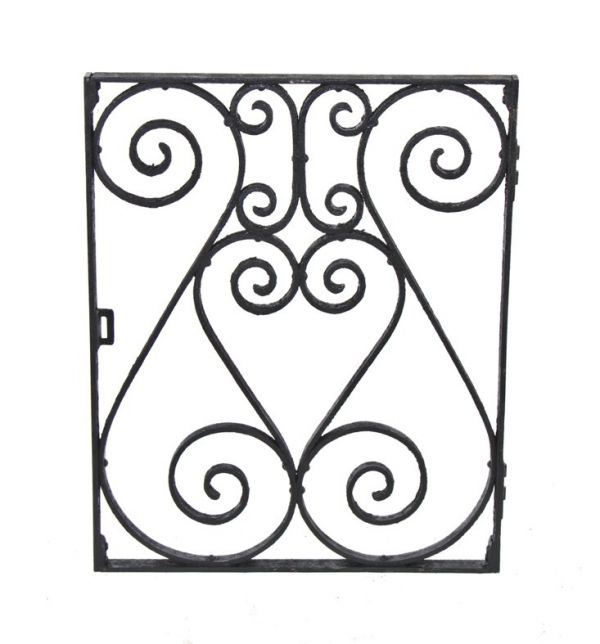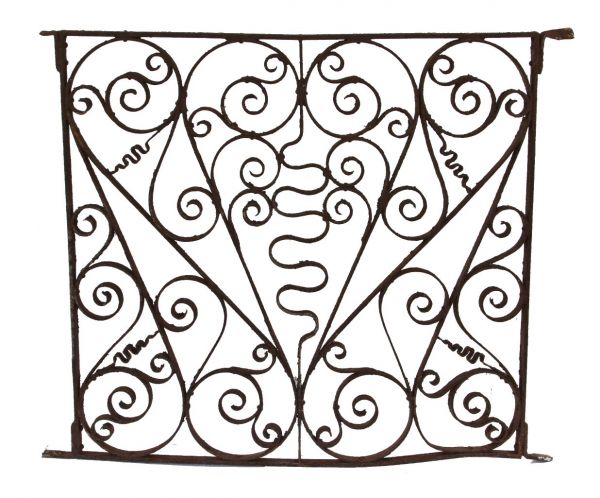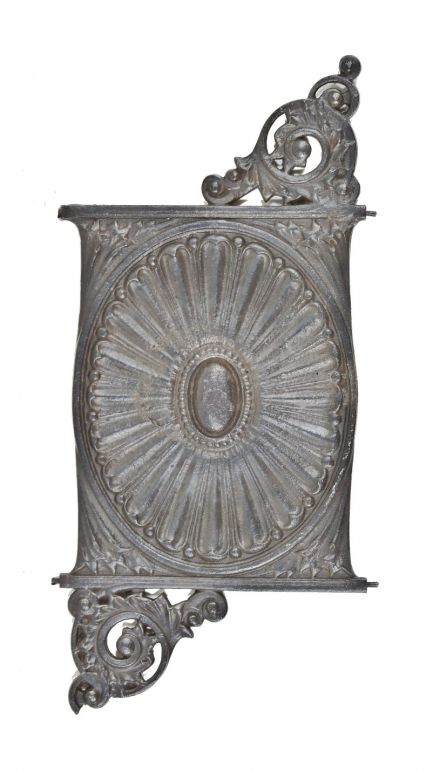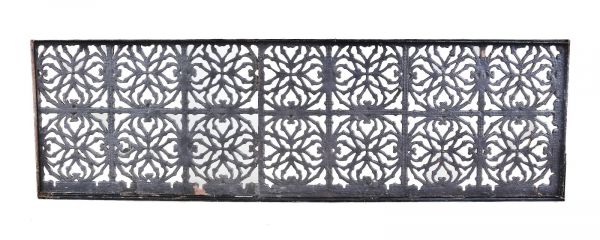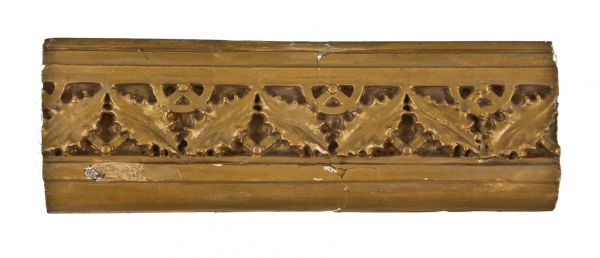brilliantly colored and/or deeply toned original late 19th or early 20th century la farge-esque antique american art nouveau style residential layered art glass figural widow
SOLD
Out of stock
SKU
UR-24754-16
in the manner or possibly attributed to john la farge
remarkable and historically important late 19th or early 20th century antique american art nouveau style layered art glass window attributed to notable artist john la farge, who was involved in the development and use of opalescent glass, which is typically referred to as "american stained glass." additionally, la farge, would often incorporate molded glass, in the form of jewels and "chunk" glass in many of his windows. another la farge technique known as "plating," which is used abundantly in this figural stained glass window, involves layering glass pieces directly on top of each other to achieve added depth and dimension. like other windows executed by tiffany and others, the application of enamel was used primarily in faces features, hands and so on. this particular example contains fired-on black enamel to give the maiden facial features buried under thick opalescent glass. the window utilizes thin copper wire or foil to replace the typical heavy lead lines and/or caming. the maiden is kneeling by a brilliant fire with dark and dense black and gray streaked smoke in the left corner. the richly colored blood sky contrasts nicely against the black smoke emanating from the brilliantly colored flames located just left of the kneeling woman. the window does contains hairline cracks, but remain intact and is structurally sound. the painted wood window sash frame is original. the window was purportedly salvaged from a chicago area mansion located along the north shore. the window was acquired by bertha brown (deceased) of lake forest, who served as the president of the national society of colonial dames in illinois. she led the organization in its effort to restore and move the widow clarke house, chicago`s oldest structure, back to the area of michigan avenue and 18th street, where it was built in 1836. born and raised in new york city, john la farge was a well-respected american painter, muralist, stained glass window maker and decorator, who began his art career by working with painter william morris hunt in newport, rhode island during the mid-19th century. la farge's earliest drawings and landscapes, from his studies in newport, show marked originality, especially in the handling of color values. many of la farge's mythological and religious paintings, including "virgil", were executed in an area of rhode island known as "paradise", in a forest which la farge called "the sacred grove" after virgil. he was a pioneer in the study of japanese art, the influence of which is seen in his work. during his life, la farge maintained a studio at 51 west 10th street in greenwich village, which now is part of the site of eugene lang college at the new school university. between 1859 and 1870, he illustrated tennyson's enoch arden and robert browning's men and women. during the 1870's, la farge began to do murals, which became popular for public buildings as well as churches. his first mural was done in trinity church, boston, in 1873, followed by his design work in the church of the ascension (the large altarpiece) and st. paul's chapel (columbia university), new york. for the minnesota state capitol at st. paul, he executed (at age 71) four great lunettes representing the history of law. he created a similar series based on the theme of justice for the state supreme court building at baltimore, maryland. he also took private commissions from wealthy patrons (e.g. cornelius vanderbilt) and was reputedly worth $150,000 at one point. la farge made extensive travels in asia and the south pacific, which inspired his painting. he visited japan in 1886, and the south seas in 1890 and 1891, in particular spending time and absorbing the culture of tahiti. he visited hawaii in september 1890, where he painted scenic spots on oahu and traveled to the island of hawaii to paint an active volcano. in 1892, la farge was brought onboard as an instructor with the metropolitan museum of art schools to provide vocational training to students in new york city. la farge was also highly regarded in his work with executing stained glass windows for the private and public sectors. he experimented heavily with color problems, especially in the medium of art glass, where he invented new techniques with the use of opalescent glass and by his original methods of superimposing and welding his materials when executing his highly sought after windows. la farge died at butler hospital, in providence, rhode island in 1910. the interment was at green-wood cemetery, in brooklyn, new york. measures 39 x 2 x 25 1/2 inches
You Might Also Like
WORDLWIDE SHIPPING
If required, please contact an Urban Remains sales associate.
NEW PRODUCTS DAILY
Check back daily as we are constantly adding new products.
PREMIUM SUPPORT
We're here to help answer any question. Contact us anytime!
SALES & PROMOTIONS
Join our newsletter to get the latest information

